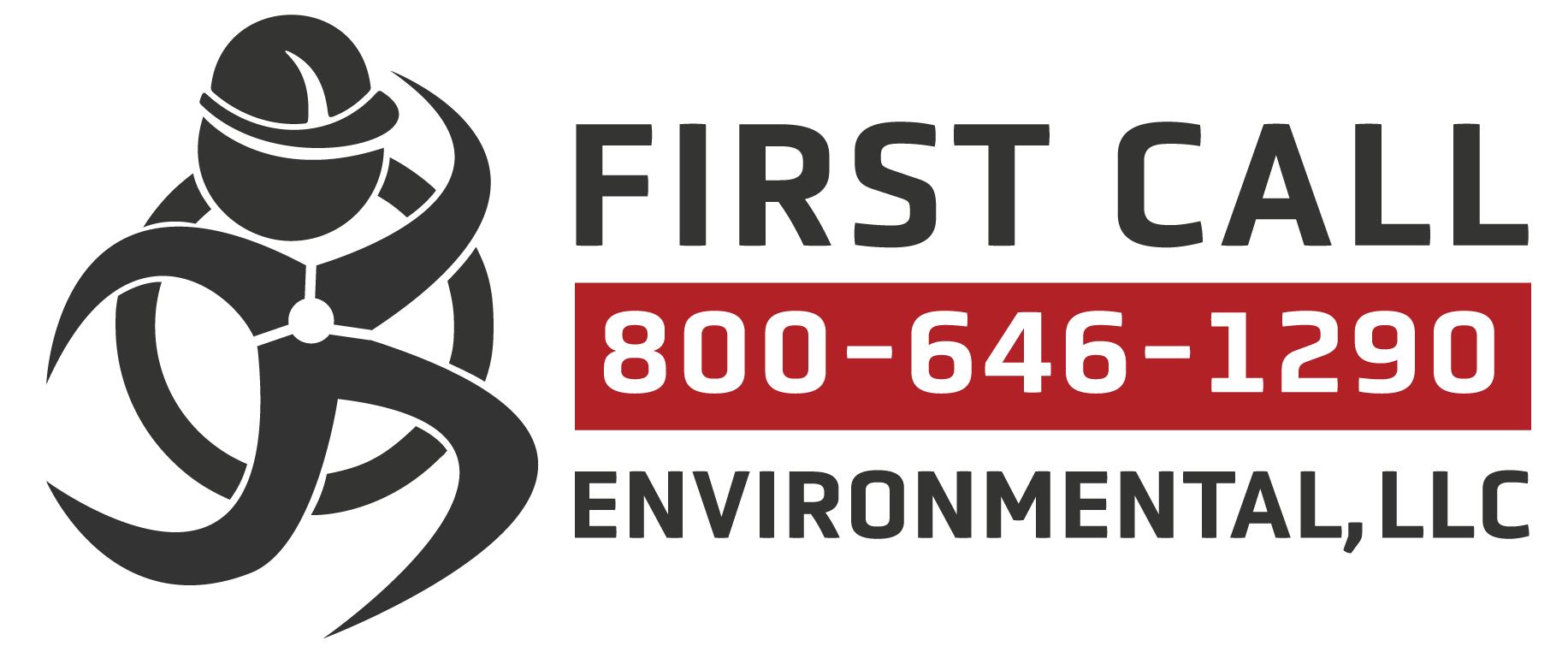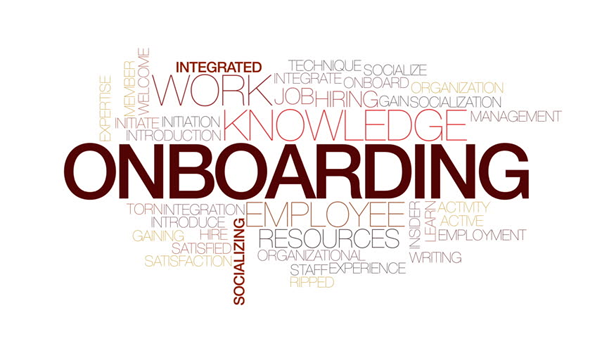The first day of a new job — there’s no feeling like it! But you never dive straight into a new role, no matter how experienced you are. Every new employee must go through employee health and safety orientation, a program that introduces the new worker to the company’s policies.
Health and safety orientation programs provide a lot of information that many workers feel is common sense. But as a manager, you never know what a new employee does or doesn’t know. And you know you have company-specific information to share. So, the orientation provides extra assistance and continuing education during the first few days of an employee’s tenure.
New employee safety orientation programs cover information under two broad umbrellas:
- Organizational health and safety (information common in every job, including fire safety, slips and falls, SDS, etc.)
- Role- and employer-specific health and safety (information unique to your organization and the employee’s role and working environment)
Orientation allows new hires to hit the ground running, safely, by empowering them with information. While initial orientation is critical, their education is ongoing.
Every health and safety orientation plan is unique because it needs to reflect your industry, organization, facility, and roles. However, every program also has core components mandated by federal OSHA. Your program will include;
- Worker rights
- Company safety rules and policies
- Basic health and safety
- Hygiene
- Work hazards
- PPE
- Injury and illness reporting programs
- Contact information
All new operational employees, regardless of their position, must complete this orientation prior to working their first job.

